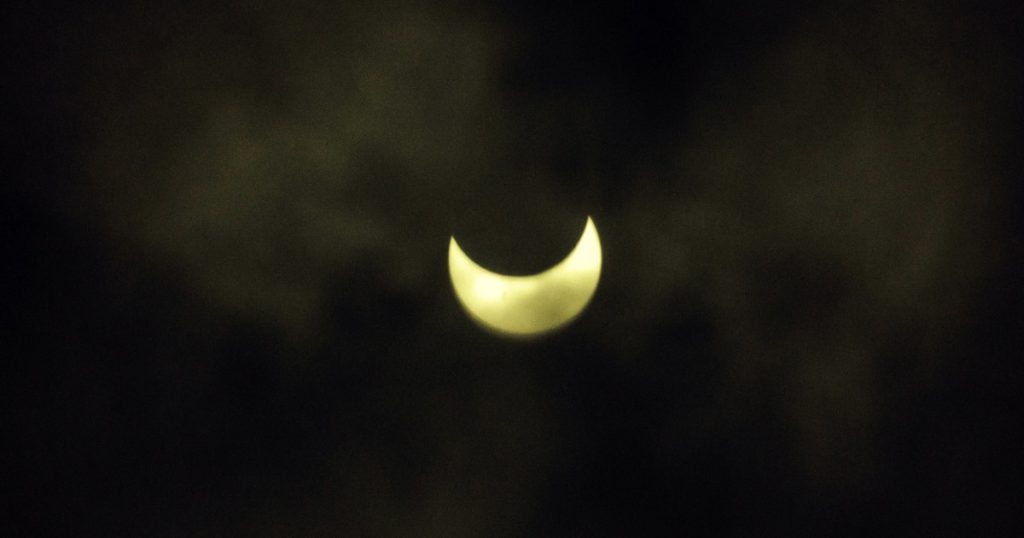Monday’s total solar eclipse view along the path of totality may be obscured by clouds and potential storms in the Southern Plains and western Gulf Coast. Around 20 million people in Texas, Louisiana, Arkansas and Oklahoma are at risk for severe weather, with multiple rounds of storms forecast to start Monday afternoon, with large hail being the primary threat. Major cities like Houston, Dallas, Austin and San Antonio in Texas will see the most impact, with storms likely starting between 3 to 4 p.m. in Dallas and 1 to 2 p.m. in Kerrville and Junction. These storms could bring large hail, damaging winds, isolated tornadoes and frequent lightning. Additionally, there is also a risk of severe storms and flash flooding across much of Texas on Tuesday.
The precise timing and location of the storms are not definite, but it seems likely they may occur after totality ends. Low, mid and high level clouds are expected to increase on Monday in anticipation of the storms, with mid and low level clouds potentially obscuring more of the eclipse than high level clouds. States where clouds may impede the view of the eclipse include parts of Texas, southern Arkansas, Ohio, northwest Pennsylvania and New York, according to the National Weather Service Weather Prediction Center. High cirrus clouds, which are thin and transparent, are expected along much of the eclipse path, but are not enough to completely obscure the view, instead they may appear as a thin mask or filter over the eclipse.
In cities like Dallas, Kerrville and Junction in Texas, clouds are forecasted on all levels, while cities in Arkansas, Illinois and Indiana are mostly expected to have high clouds. The village of Brockport in western New York is predicted to have high percentages of low and mid cloud cover, which may affect the ability of residents to see the eclipse. However, most of the East Coast is expected to have relatively clear skies, with states like Maine forecasted to have almost no clouds at all levels. Overall, conditions may vary across different regions, with some areas experiencing more cloud cover than others.
Kathryn Prociv, a senior meteorologist and producer for NBC News, has advised on these potential weather conditions and cloud cover across various states, while Christine Rapp also contributed to the information provided. It is crucial for those intending to view the total solar eclipse to be aware of the weather forecast in their location and to stay informed about any potential changes or updates. While some areas may experience cloud cover that could impact visibility, other regions are expected to have clearer skies for optimal viewing of the celestial event.


